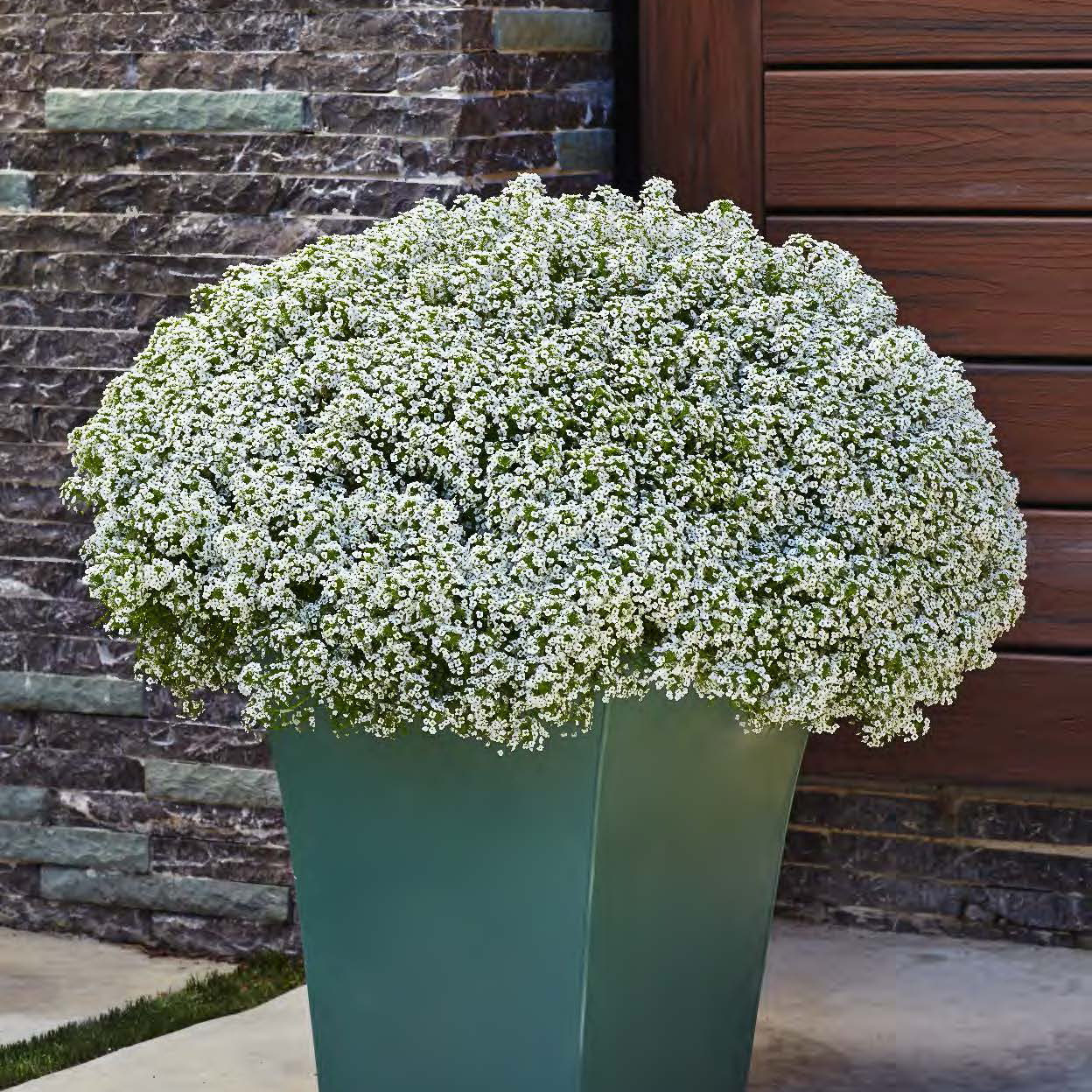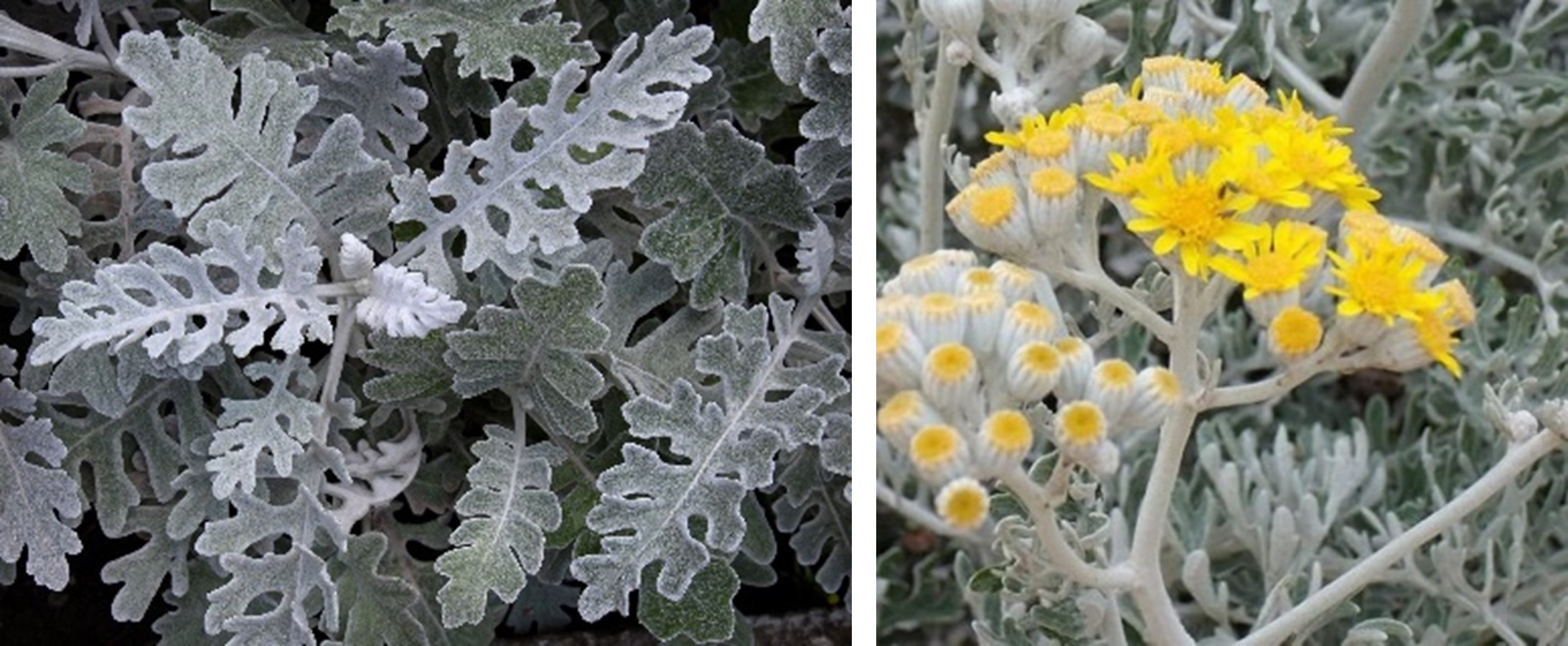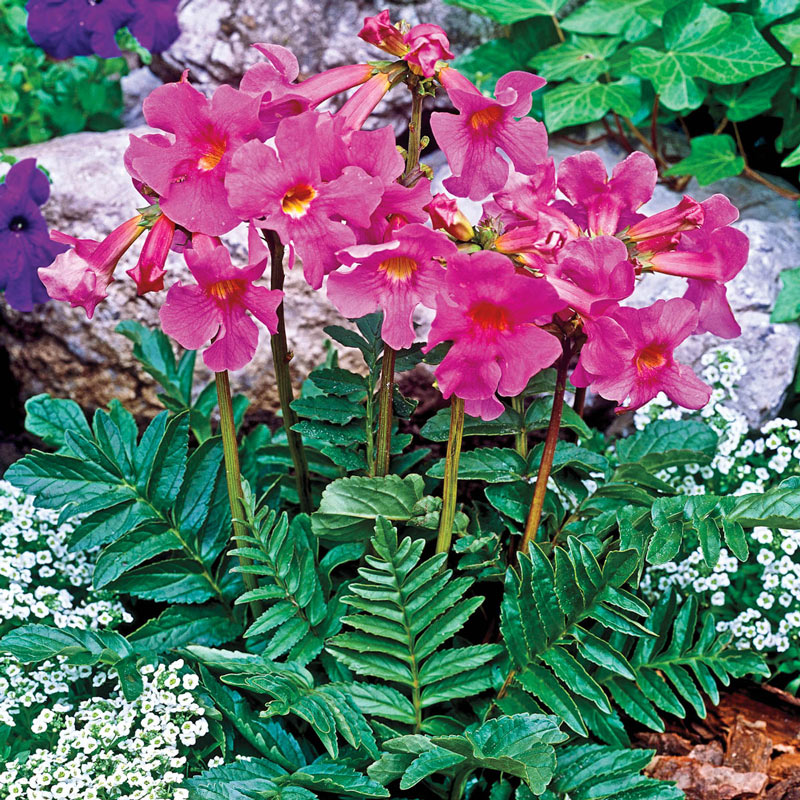Creating a stunning garden involves more than just selecting beautiful flowers. Companion planting, the practice of growing certain plants together for mutual benefit, can enhance the health and appearance of your garden. Violet flowers, known for their vibrant hues and delicate appearance, can benefit from carefully chosen companions. This article explores the best companion plants for violet flowers, ensuring a garden that is not only visually striking but also thriving.

Introduction:
Violet flowers bring a touch of elegance and charm to any garden. Their rich colors can range from deep purples to soft lavenders, making them versatile in garden design. However, to truly make your violet flowers shine, it’s important to consider companion planting. The right companions can help deter pests, improve soil health, and enhance the visual appeal of your garden. In this article, we will delve into the best companion plants for violet flowers, helping you create a garden that is both beautiful and harmonious.
The Best Companion Plants for Violet Flowers
1. Yellow Marigolds

Yellow marigolds are excellent companions for violet flowers. Their bright, sunny blooms create a striking contrast with the deep hues of violets. Additionally, marigolds are known for their pest-repellent properties, making them a great choice for maintaining the health of your garden.
2. White Alyssum

White alyssum, with its delicate, tiny blooms, pairs beautifully with violet flowers. The soft white flowers provide a gentle contrast, highlighting the vibrant colors of the violets. Alyssum is also beneficial for attracting pollinators, which can help improve the overall health of your garden.
3. Silver Dust

Silver dust, or dusty miller, is a foliage plant with silvery-gray leaves that complement the rich colors of violet flowers. Its unique texture and color add visual interest to your garden. Additionally, silver dust is drought-tolerant and easy to maintain, making it a practical choice for companion planting.
4. Lavender

Lavender’s purple blooms and fragrant foliage make it a natural partner for violet flowers. The similar color palette creates a harmonious look, while the differing heights and textures add depth to your garden design. Lavender also attracts beneficial insects and repels pests, contributing to a healthier garden environment.
5. Ferns

Ferns provide a lush, green backdrop that makes violet flowers stand out. Their feathery foliage adds texture and movement to your garden. Ferns thrive in the same partially shaded, moist conditions that many violet flowers prefer, making them an ideal companion.
Conclusion:
Companion planting is a powerful tool in creating a stunning and healthy garden. By pairing violet flowers with the right plants, you can enhance their beauty and ensure a thriving garden ecosystem. Yellow marigolds, white alyssum, silver dust, lavender, and ferns are all excellent choices for companion planting with violet flowers. These plants not only add visual appeal but also offer various benefits, from pest control to attracting pollinators. With careful planning and selection, you can create a garden that is both visually captivating and ecologically balanced.
FAQ’s:
Q1: Why is companion planting important for violet flowers?
A: Companion planting helps enhance the growth and health of violet flowers by providing benefits such as pest control, improved soil health, and attracting pollinators.
Q2: Can I plant violet flowers with vegetables?
A: Yes, violet flowers can be planted with certain vegetables. For example, they can help attract pollinators to your vegetable garden, improving crop yields.
Q3: How do I choose the best companion plants for my garden?
A: Consider the growing conditions required by the violet flowers and choose companion plants with similar needs. Also, look for plants that offer complementary colors and textures to create a visually appealing garden.
Q4: Are there any plants I should avoid planting with violet flowers?
A: Avoid plants that have vastly different growing requirements or those that are known to be aggressive and may outcompete your violet flowers for resources.
Q5: How can I ensure my companion plants thrive alongside violet flowers?
A: Ensure that all plants receive the appropriate amount of sunlight, water, and nutrients. Regularly check for pests and diseases, and practice proper garden maintenance to keep your plants healthy.










